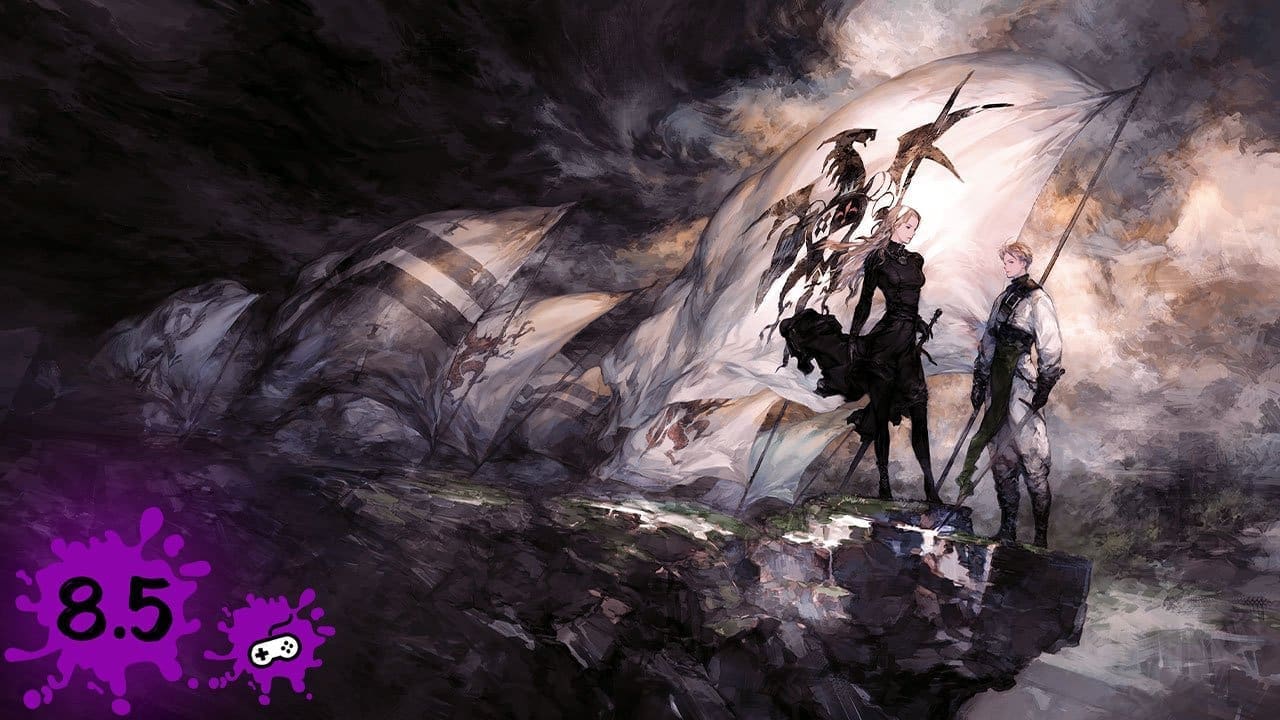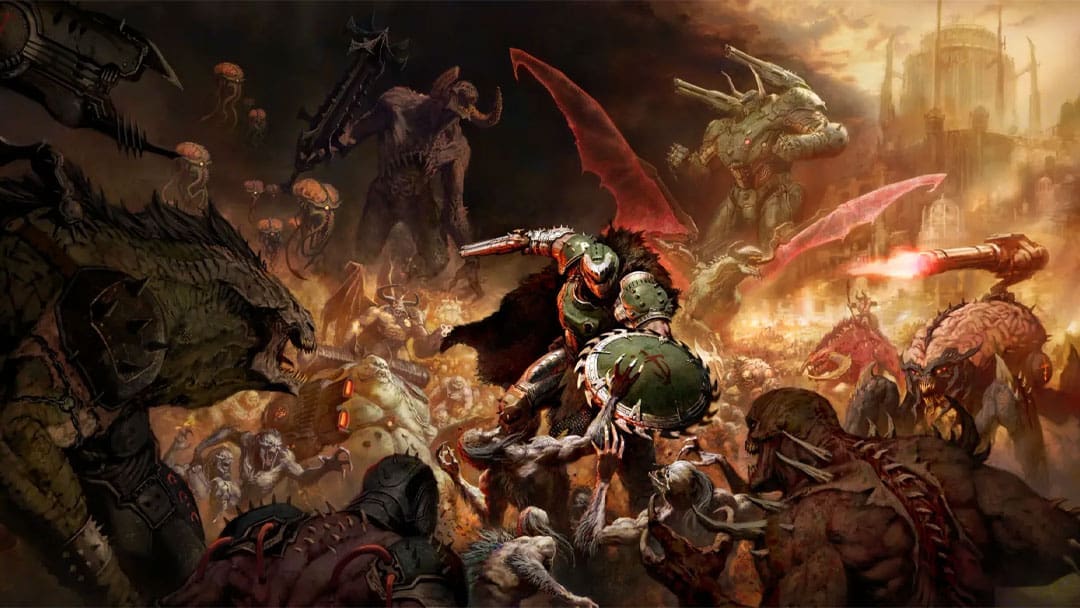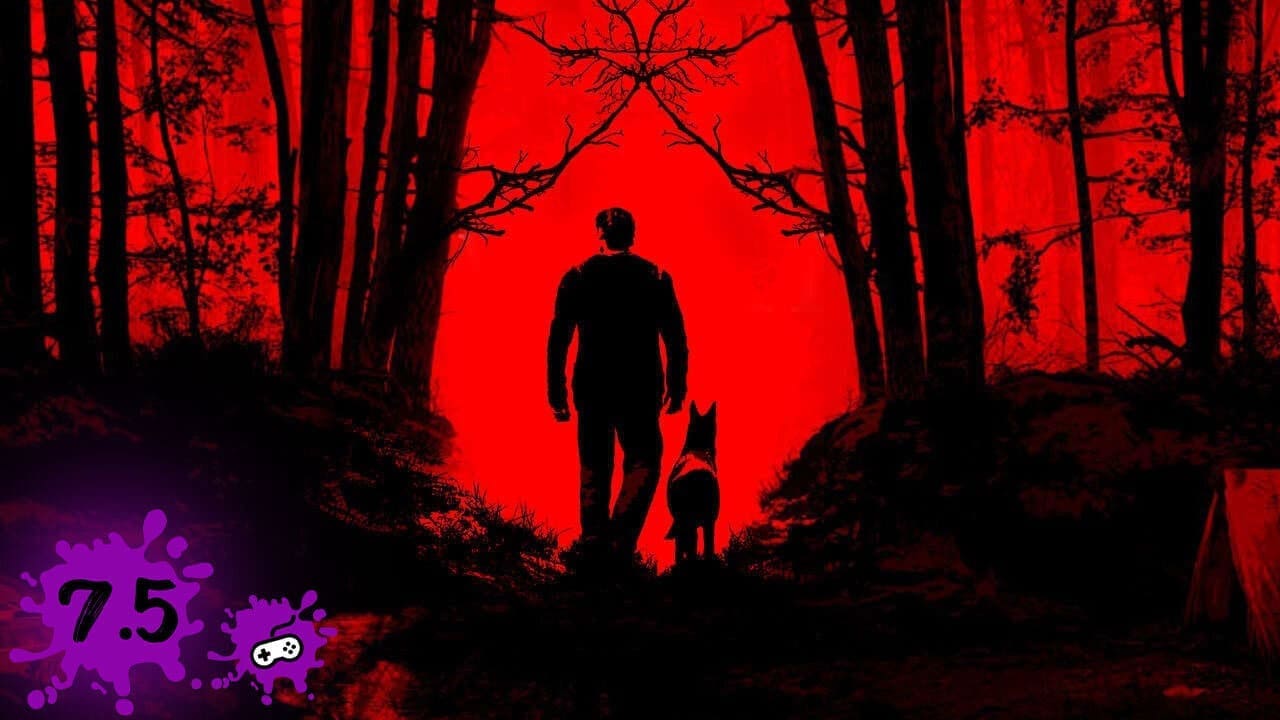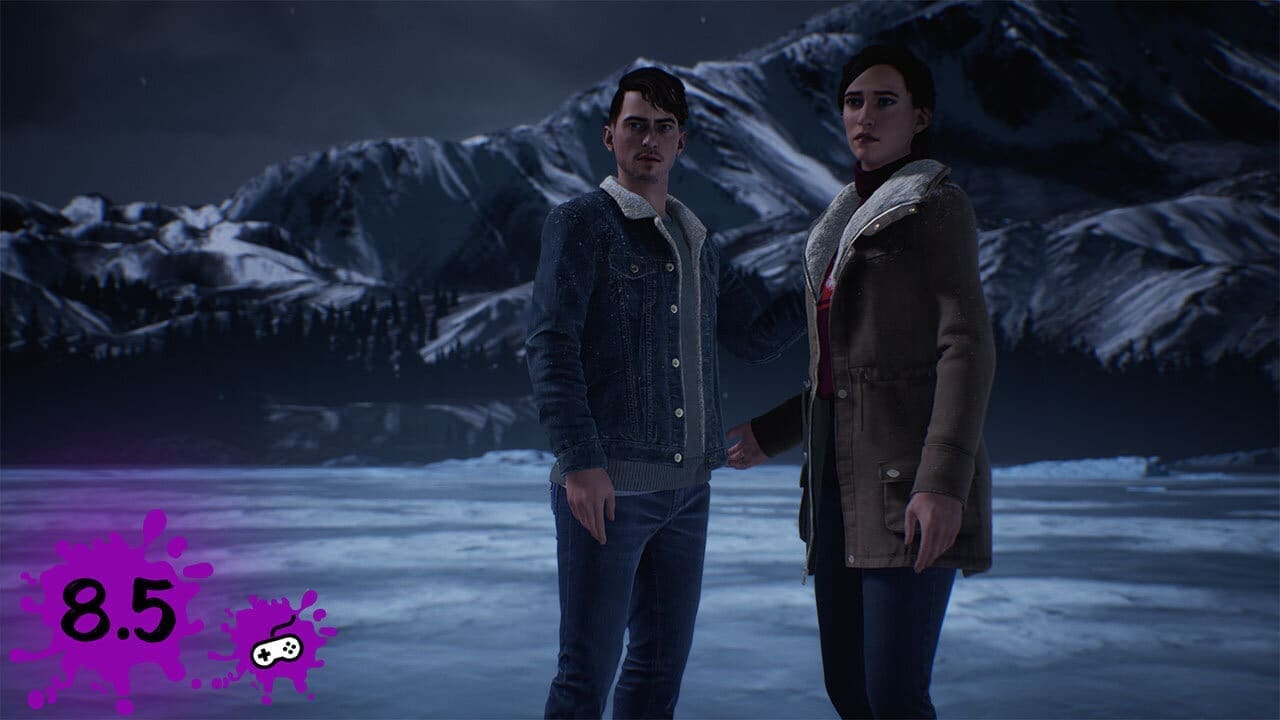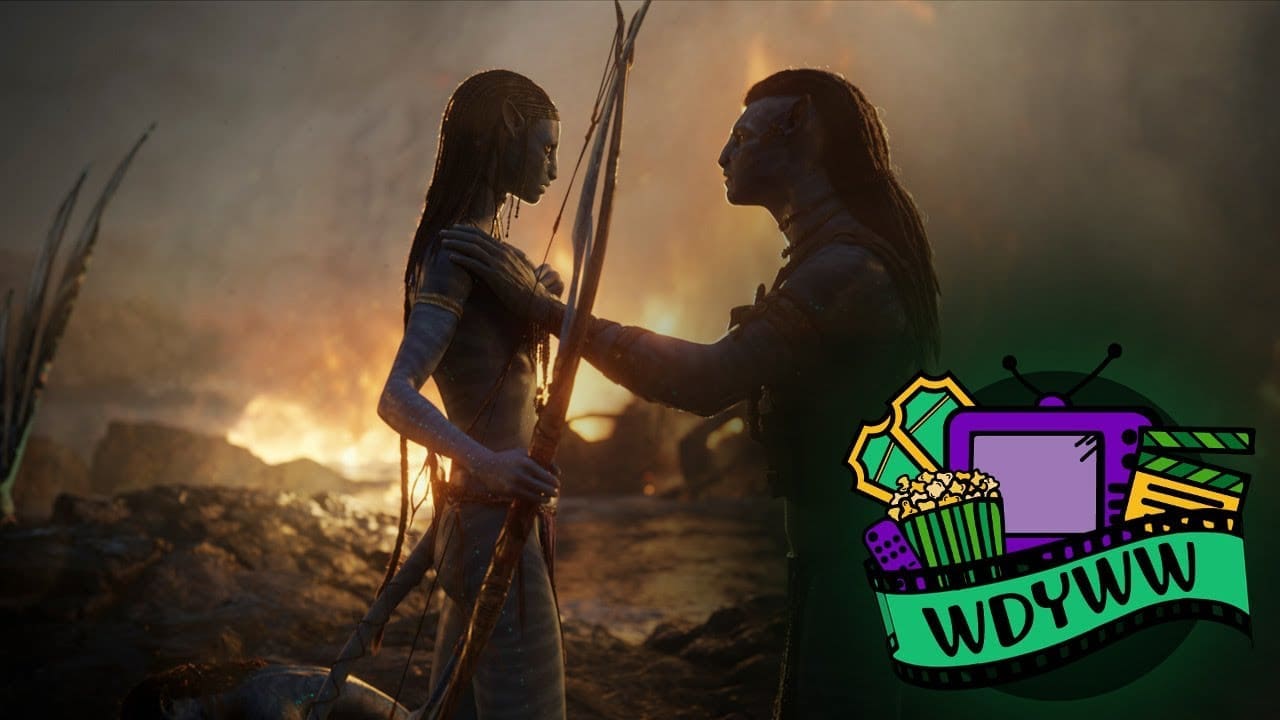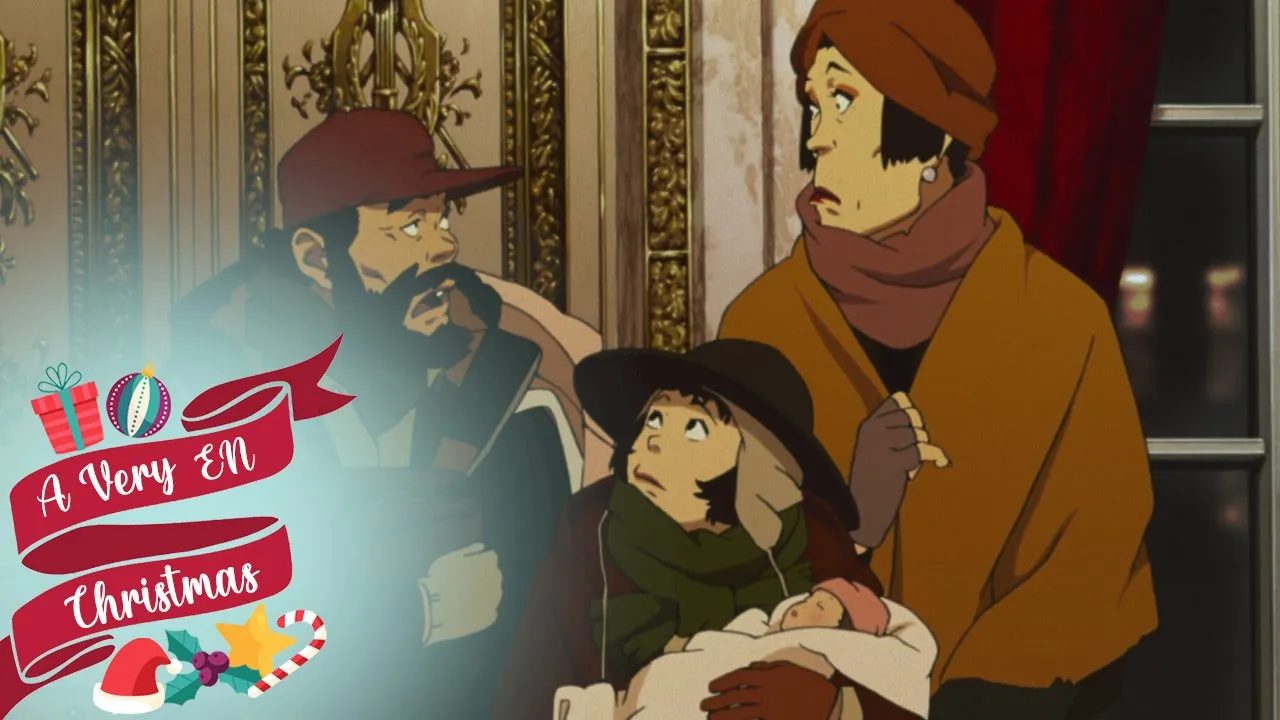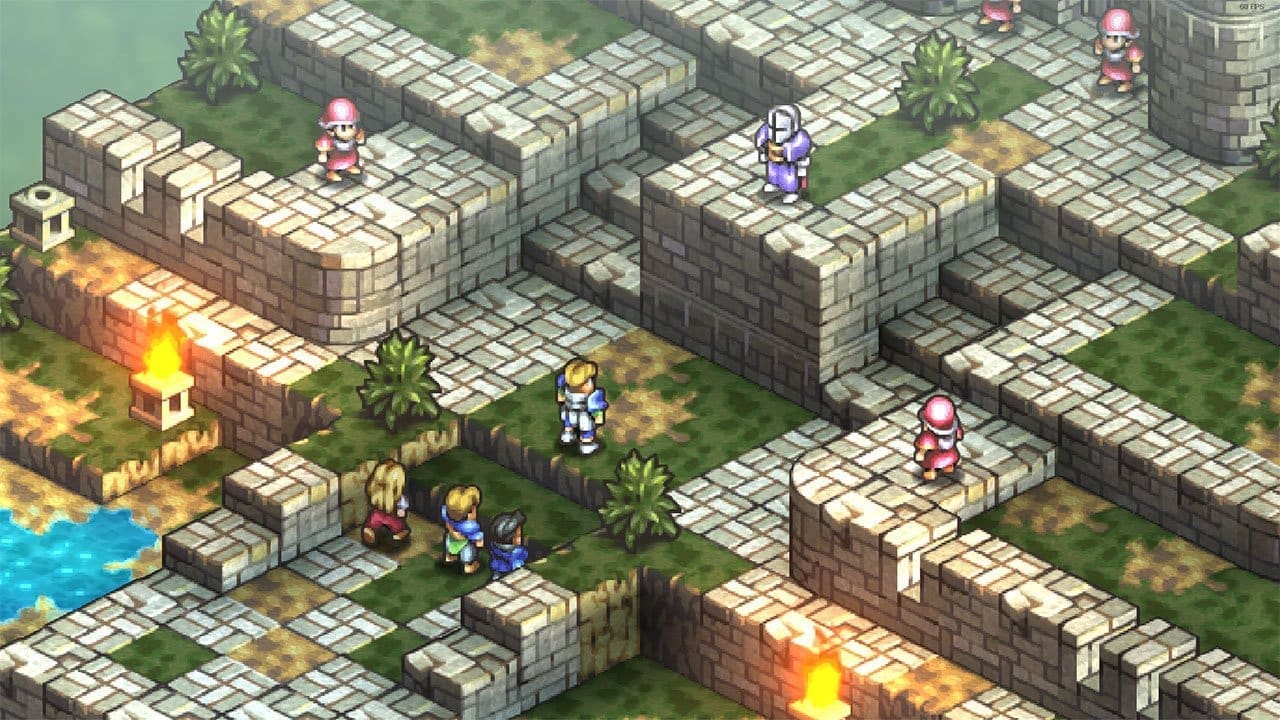
Synopsis: Tactics Ogre, crown jewel of the tactical role-playing genre, is reborn! Based on the 2010 release, the game features improved graphics and sound, as well as updated game design, bringing to life a new Tactics Ogre that remains true to its roots.
Publisher: Square Enix
Reviewed on: PC (Intel i5-9400F @2.90GHz, RTX 2060, 16GB RAM)
Also available for: PlayStation 4, PlayStation 5, Nintendo Switch
Cast: Max Mittelman, Victoria Atkin, Jason Spisak, Andre Sogliuzzo, Adam Croasdell, Chris Cox, Alastair Duncan, Erin Yvette, Steve West, Catherine Taber, Helen Kenney, Jamieson Price, Daniel Bonjour, Stephanie Sheh, Brian George
Developer: Square Enix
Director: Takashi Katano
Game Designer Director, Story Writer & Supervisor: Yasumi Matsuno
Lead Game Designer: Naoto Takahashi
Composer: Hitoshi Sakimoto
I came into my review of Tactics Ogre Reborn with no experience of the previous games in the franchise or even any experience with any of Yasumi Matsuno’s other tactics games. So while I cannot tell you intricate detail of how this remastered release mixes things up from the previous releases, I can tell you how I have come out of my time with Tactics Ogre Reborn understanding why this game (and Matsuno’s other tactics games) are heralded as classics. Tactics Ogre Reborn is a patient game that never rushes you anywhere and rewards your patience with a deep political wartime story that takes time to examine the philosophy of all the different factions and players, building intense moral decisions for the player. The combat also rewards you with deep tactical combat and character-building that remains engaging and evolving.
The intricate story follows the player character Denam and his sister Catiua as they fight against the oppression of their clan, Walister. They form a resistance group along with Denam’s childhood friend Vyce, who are all spurred on to fight by a massacre in their town when they were kids leaving them parentless. From there, they move on to a mission to save the leader of the larger resistance group, Duke Ronwey. From here, the hero, Denam, becomes further enthralled in the resistance, taking on more and more missions, and has his ideals challenged as he learns what both his allies and enemies see to be the realities of war, oppression and rebellion. Along the way, Denam makes allies with a range of characters that are each fleshed out satisfyingly through the longer dialogue sequences of Tactics Ogre Reborn, as the game never rushes you into the next combat arena.
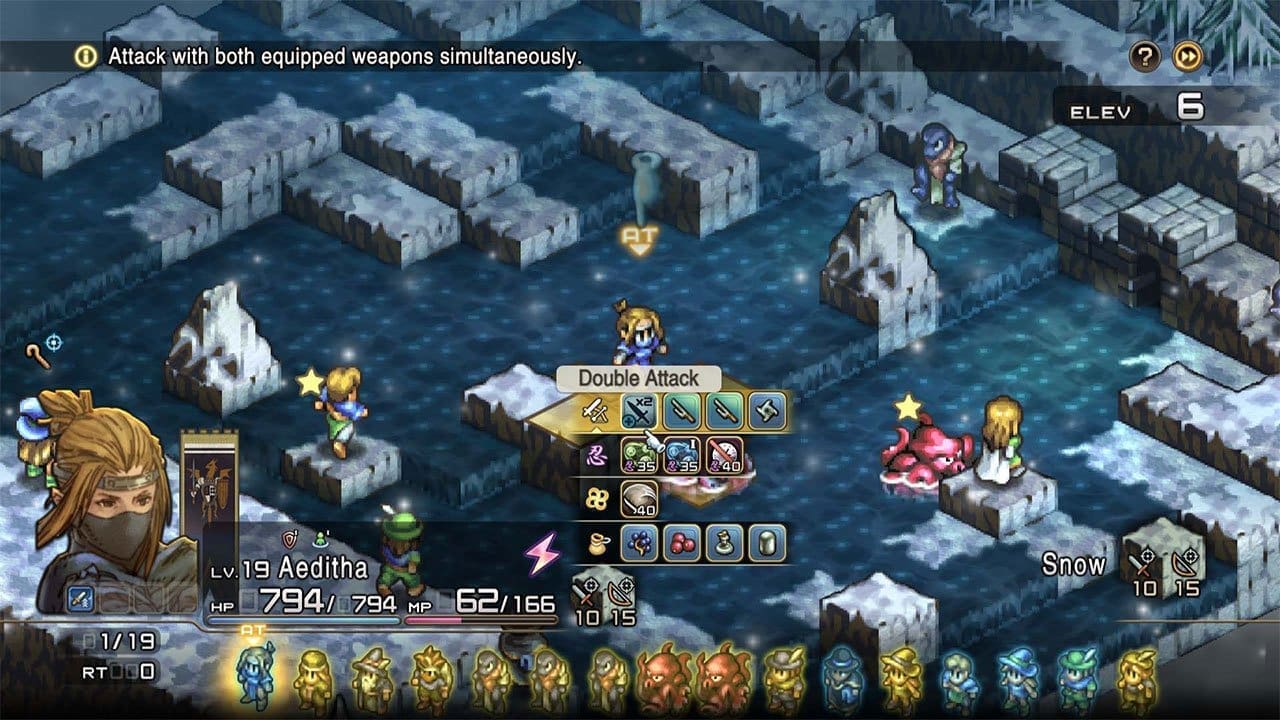
The game’s structure is chapter-based. With only four chapters, the pacing of minutes-long dialogue sequences into tactical battle a dozen times over may not be to everyone’s patience. Still, I loved going from the enthralling story into a challenging fight throughout the chapters. This is punctuated by your party management as you gear up and spec out your squad. The time taken with the dialogue and character interactions is all the game’s strength, as you will be given a binary moral choice at the end of each chapter. The time taken to flesh out the intricate details of these choices genuinely makes it difficult to decide as they challenge Denam’s ideals. The choices also affect how the next chapter plays out.
The auditory presentation of Tactics Ogre Reborn is also top-notch and drives engagement in the story. The story and dialogue are fully voice-acted and are very well done, with each voice actor taking the time to deliver the lines with the emotion and cadence needed. The way the characters are written and their dialogue are excellent, never falling back to simple statements of their thoughts and feelings, but rather more evocative expressions of them. The game’s soundtrack is also amazing and has been updated to be fully orchestrated. The visual presentation, however, could be more consistent in Tactics Ogre Reborn. The game has an isometric pixel art view, which I thought for the battle arenas did look quite nice, and the character dialogue portraits are excellent, but the pixel art of the character models was not to the same standard as some of the other pixel-art remasters that have been recently released. Overall the pixel work lacks a vibrancy often seen in pixel art, but the colour palette evokes a more muted world more fitting of the setting.




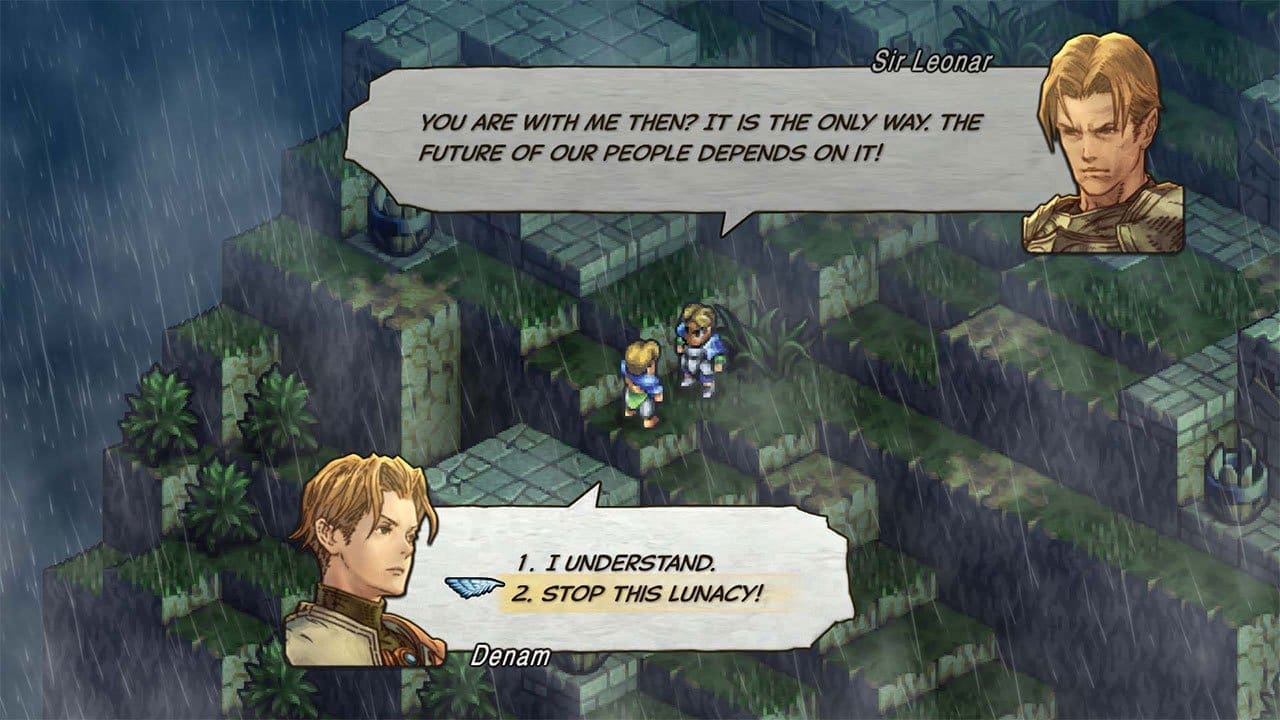

The tactical combat gameplay will not be difficult to grasp for anyone not new to the genre, but this does not mean that it lacks variety and depth. The grid-based combat is deep from the start, and each combat decision can impact the overall battle. Though if this feels too punishing, Tactics Ogre Reborn does come with a rewind system in combat which can help with you not needing to replay whole battles if you are heading towards failure.
From the start, Tactics Ogre Reborn provides a lot of utility in combat. More than a dozen classes specialise differently in offensive and defensive magic, ranged and melee weapons or any mixture of these. Of course, all of these act differently, so whilst some spells must be within line of sight, some do not need to be, and while some bows can fire more in an arch, allowing you to shoot over your knights safely, crossbows do require line of sight to be effective. The challenge and entertainment come from building your party — whether you want to be more balanced and have a mix of each or if you want to go in swords swinging to achieve the goals. Whichever approach you choose, achieving the mission is always a rewarding experience and challenging enough to require a few rewinds but not enough for the same mission to be repeated endlessly.

The combat lacked the mission structure variety of a modern game. Every mission’s objective boiled down to “defeat the enemy leader.” This meant that the non-influenceable variety in the combat missions mostly came from the combat arenas. The grids were all of the same dimension but varied due to the tiles’ different heights and the terrain type. Often, forces started at opposing ends of the battlefield, and one of the forces would often be attacking up or down that hill. This influenced your ability to move through the arena, making uphill attacks slow. The terrain type also influenced combat strategy, such as creating choke points at fords in rivers where only one unit could cross at a time. This often meant that equal consideration had to go to not just positioning on the battlefield but also the order you moved your units up the battlefield. Tactics Ogre Reborn does feature a scout option before battle, allowing you to determine your army composition before engaging in the battle.
Each individual unit can have a lot of separate areas to manage in the menus, which could become a bit monotonous if not for the slow pace it introduces the new systems and never inundates you with too many options. Each unit has to be given: appropriate gear, holdable consumables, spells (class dependent), skills and finishing moves. With the gear, you are always able to handle choice, there is a single option at each level, and each piece can last you through many battles, meaning you are not constantly equipping better and better items. The function that required the most management was the consumables, which were very valuable in my battles, used often and thus needed to be replenished frequently. This is automatically done, so more managed in that many pre-battles resulted in dashes to the shop to make sure the stock was full.
Patience is the name of the game in Tactics Ogre Reborn, as it became great to sink into, rewarding your time with an intricate and well-told story that had me engaged throughout. Between the story sequences, the army management and tactical combat were equally as meaty and enjoyable, challenging you to defeat all comers. Overall, Tactics Ogre Reborn is a recovered gem from the past that I’m glad to have discovered.

(Tactics Ogre Reborn code provided for review)

